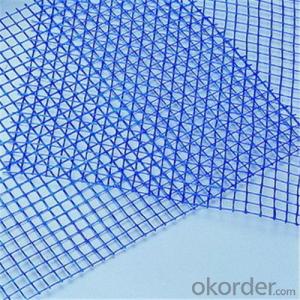Roving Fiberglass: The Weave for Wide Applications
Fiberglass, a material that has become synonymous with strength and versatility, is a true marvel of modern engineering. It’s a material that has found its way into various industries, from construction to automotive, aerospace to marine, and even sports equipment. But what exactly is fiberglass, and how does it achieve such widespread use? Let’s dive into the world of roving fiberglass and explore its unique properties and applications.
The Essence of Fiberglass
Fiberglass, or glass-reinforced plastic (GRP), is a composite material made from fine fibers of glass. These fibers are woven together and then bonded with a resin to form a strong, lightweight material. The process of creating fiberglass involves several steps, including the melting of glass, the drawing of fibers, and the weaving of these fibers into a fabric. This fabric is then impregnated with a resin, which hardens to create the final product.
Why Fiberglass?
The appeal of fiberglass lies in its remarkable combination of properties. It’s strong, yet lightweight, making it an ideal material for applications where weight is a critical factor. Fiberglass is also corrosion-resistant, which means it can withstand harsh environments without degrading. Its non-conductive nature makes it perfect for electrical insulation. Moreover, fiberglass is incredibly durable and can be molded into a wide variety of shapes, opening up a world of design possibilities.
The Art of Weaving
The process of weaving fiberglass is both an art and a science. The fibers are carefully woven to create a fabric with specific properties. The weave can be varied to achieve different strengths and flexibility. For instance, a tighter weave will result in a stronger material, while a looser weave can provide more flexibility. This level of customization is one of the reasons fiberglass is so popular among manufacturers.
Applications in Construction
In the construction industry, fiberglass is used for a variety of purposes. It’s used in the manufacture of roofing materials, insulation, and structural components. Fiberglass’s strength and durability make it an excellent choice for long-lasting construction materials. Its resistance to corrosion and water damage also makes it ideal for outdoor applications.
The Automotive Sector
Fiberglass has also made significant inroads into the automotive sector. It’s used in the production of car bodies, spoilers, and other components. The lightweight nature of fiberglass allows for improved fuel efficiency and performance. Additionally, its customizable nature means that manufacturers can create unique designs that set their vehicles apart from the competition.
Aerospace and Beyond
In aerospace, fiberglass is prized for its strength-to-weight ratio. Aircraft manufacturers use it to create components that are both strong and lightweight, contributing to better fuel efficiency and overall performance. The material’s resistance to extreme temperatures and its ability to maintain structural integrity under stress make it a top choice for this industry.
Marine Applications
When it comes to marine applications, fiberglass is a go-to material. Boats, yachts, and other watercraft often utilize fiberglass for their hulls and superstructures. Its resistance to water and marine life, as well as its durability, make it perfect for these environments.
Sports Equipment
Fiberglass’s versatility extends to the world of sports. Tennis rackets, golf clubs, and even some types of skis are made with fiberglass components. The material’s strength and flexibility allow for the creation of high-performance equipment that can withstand the rigors of athletic use.
The Future of Fiberglass
As technology continues to advance, the applications for fiberglass are only expected to grow. With ongoing research and development, we can expect to see even more innovative uses for this remarkable material. From energy-efficient buildings to next-generation transportation, the potential for fiberglass is limitless.
In Conclusion
Fiberglass, with its unique weave and properties, has proven to be a versatile and indispensable material in today’s world. Its strength, lightweight nature, and adaptability have made it a favorite among engineers and designers alike. As we look to the future, the weave of fiberglass is set to play an even larger role in shaping the world around us.

